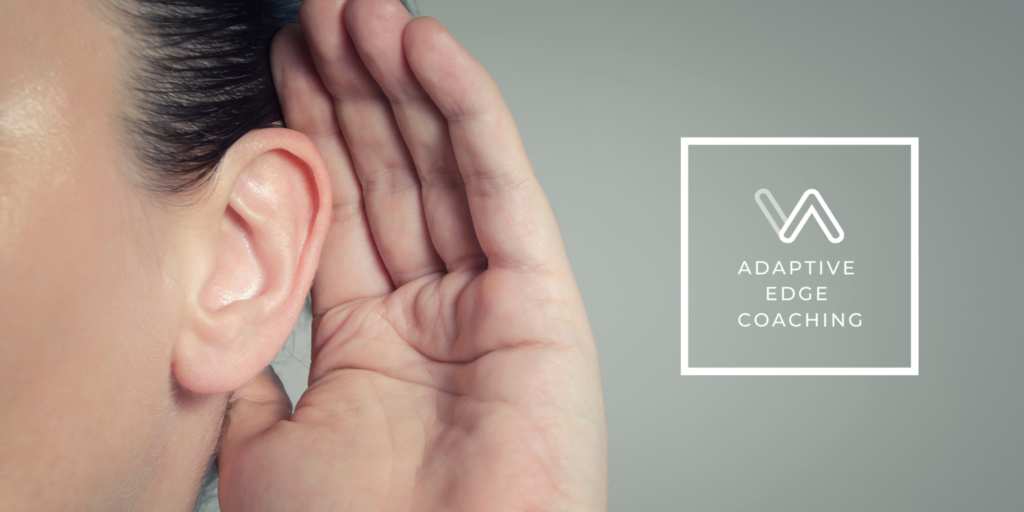Our bodies are made to survive. We have a variety of internal processes that help us with this as well. Our polyvagal nervous system transitions us from feeling safe and secure to our fight/flight response and potentially to our immobilization phase in the event of a stressor. Our body has mechanisms in place to help us cope with stimuli that are perceived to be dangerous from the outside world.
What brings us into that survival state is called a trigger. Triggers are stimuli that alert our body to possible dangers. They engage our autonomic response system to mobilize the body for defense (sympathetic nervous system) or immobilize the body as a last resort (dorsal vagal complex). Glimmers, on the other hand, bring us back to safety. Our ventral vagal complex gets engaged and ensures we have a sense of security and peace. Triggers take you down a dark road and glimmers bring you back to the light. Glimmers are our golden child. Glimmers and triggers allow us to bring awareness to the internal physiological mechanisms of our own body. Once we have better awareness, we have better control.
Triggers
What is it? A trigger is any kind of stimuli that engages the body’s sympathetic or dorsal vagal nervous systems. A trigger will push our body to either mobilize (fight or flight) or immobilize (freeze) itself. It is important to note that triggers are different for everyone. People’s autonomic nervous systems are uniquely affected by various external stimuli. Different life experiences can cause different triggers.
Examples: Triggers can be words like “forever,” “hate,” or “leaving.” Triggers can also be seeing an expensive bill, being yelled at, or physically getting hurt. Other examples include the smell of smoke, the taste of tequila, or a loud police siren.
How to cope? Awareness is crucial to managing your triggers. You must be aware of the specific things that are affecting your nervous system. Then, you must forgive yourself for getting triggered. Remember that you should not feel guilty, weak, or ashamed for having triggers or even succumbing to them. We cannot heal without compassion for ourselves. Take the time to engage in self care practices.
Glimmers
What is it? A glimmer is the opposite of a trigger. A glimmer is an external stimuli that engages our parasympathetic nervous system. The ventral vagal complex is the part of the parasympathetic nervous system that controls our sense of connection and safety. A glimmer can help us return to a state of peace and happiness.
Examples: Glimmers can be words like “love,” “home,” or “peace.” It can also be things like seeing your favorite piece of art, talking with your best friend, or making your comfort food (mine is pasta). Other examples could be the smell of your mom’s perfume, the sounds of the ocean, or the taste of warm noodle soup.
How to develop your own? Similar to triggers, people have various types of glimmers. Finding your glimmers is a process of self-discovery. It should be fun! Take a day to write down every little thing that brings you a feeling of safety or connectedness. These are some of your glimmers. This will require a lot of self-awareness but with some focus on the process, you should have no trouble bringing to light those glimmers that make you feel all golden inside.
For more information on glimmers and triggers, reach out to Greg Murray at greg@adaptiveedgecoaching.com. You can set up a consultation to help you find out how you can better respond to your body’s internal processes.

